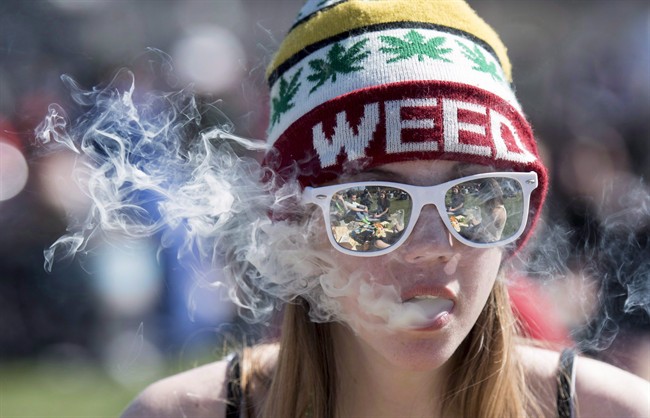The protection of children is a responsibility Canadians expect our politicians to take seriously, so it’s not a surprise that some might be a little overzealous in their approach. But not every issue requires our leaders to sound like Helen Lovejoy, either.

Ahead of cannabis legalization next year, there has been much fretting and hand-wringing about the potential for an increase in teen cannabis use.
Some, like Conservative MP Peter Kent, have gone even further in warning about the potential dangers this may pose to young people. However, this impulse seems less guided by actual evidence, and more so from a general pessimism about the state of Canada’s youth.
We shouldn’t be complacent or ignore the challenges that today’s youth face, but we should also have a sense of optimism and embrace the abundance of positive trends. Things are not going to hell in a handbasket; quite the opposite, in fact.
First of all, we can see from recently released U.S. data that not only is overall teenage cannabis use down, but that it’s down in states which have legalized cannabis. This is encouraging.
It also dovetails with the release of a major new survey from the Centre for Addiction and Mental Health (CAMH), which has measured substance use among Ontario teens since the late 1970s. The latest numbers show that rates of alcohol use, cannabis use, and tobacco use are at their lowest levels in forty years.

Get weekly health news
The numbers actually peaked about twenty years ago and since then the rate of alcohol use has fallen from 66 per cent to almost 43 per cent, tobacco use is down from 28 per cent to seven per cent, and cannabis use is down from 28 per cent to 19 per cent. For their part, CAMH is not exactly sure what’s behind this trend. But it’s a trend we see mirrored in other areas.
WATCH BELOW:
The substance abuse numbers that CAMH tracks peaked right around the same time as Canada’s youth crime rate. And, like CAMH’s numbers, the youth crime rate has been falling ever since. From 2000 and 2014, Canada’s youth crime rate fell by 42 per cent, an even sharper decrease than the 34 per cent decline in the overall crime rate.
Interestingly, the exact same trend is evident in teen pregnancy rates. Those rates peaked in the early 90s and have been falling since. In fact, the rate in 2012 was about half what it was in 1991. Research also indicates that fewer teens are sexually active and that for those who are, their first sexual experience is coming at an older age.
We tend not to associate being a teenager with being able to make smart decisions but it would appear that on the whole, Canadian teens are making much smarter decisions than they did a generation ago. They are using less drugs, committing fewer crimes, and having fewer babies. The trends are similar in the U.S., too.
With the internet, pop culture, and perceived permissive social attitudes, there’s undoubtedly many who assumed —or maybe even still believe — that the trends would go in the opposite direction. We should be encouraged by what we’re seeing.
Again, there are certainly challenges facing young people today, and we should not be blind to those. But neither should we be panicking about today’s young people or allowing debates like cannabis legalization to be derailed by irrational pessimism.
To borrow a phrase, the kids are alright.
Rob Breakenridge is host of “Afternoons with Rob Breakenridge” on Calgary’s NewsTalk 770 and a commentator for Global News.

















Comments